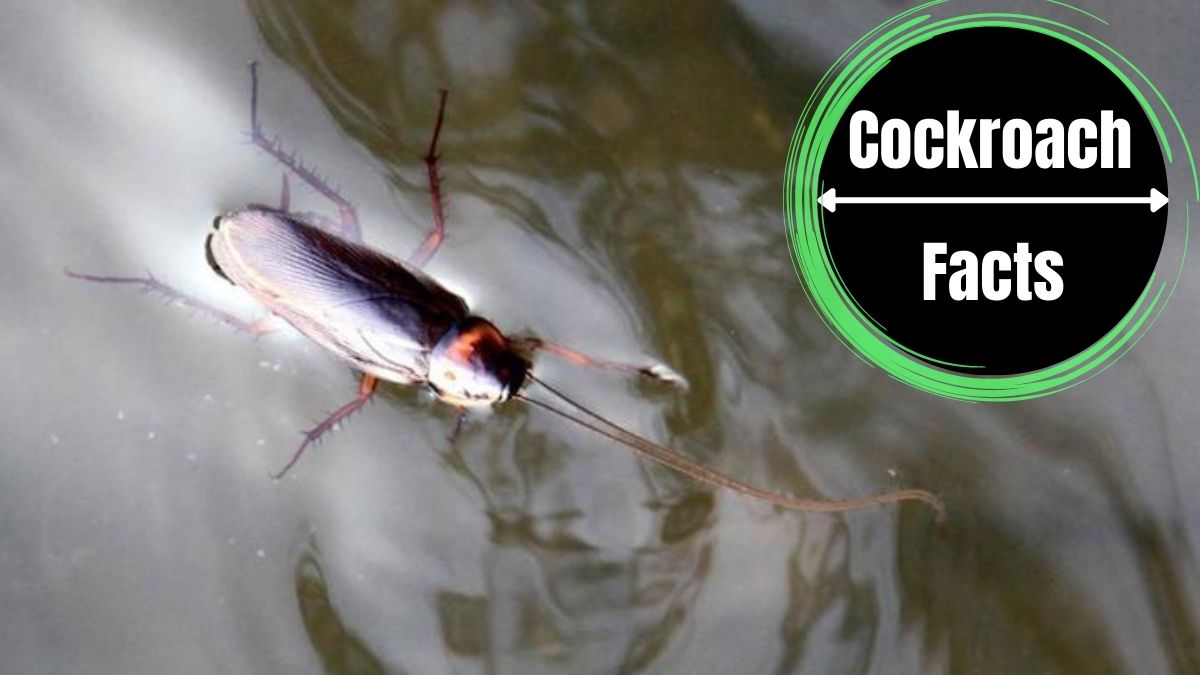Roaches, known for their resilience and adaptability, have fascinating survival mechanisms. One common question that arises is whether roaches can breathe underwater. In this guide, we’ll explore the breathing capabilities of roaches and uncover the truth behind their underwater survival skills.
Roach Respiration
Roaches have a unique respiratory system composed of small tubes called tracheae. These tracheae allow them to breathe air directly, without the need for lungs. Through tiny openings called spiracles located on their body, roaches intake oxygen and release carbon dioxide.
Adaptations for Survival
While roaches primarily rely on air for respiration, they have developed certain adaptations that enhance their chances of survival in aquatic environments. These adaptations include:
Holding their breath: When submerged in water, roaches can hold their breath for extended periods. By closing their spiracles, they minimize water intake and reduce the risk of drowning.
Oxygen absorption
Roaches can absorb oxygen through their tracheal system even when submerged. The air trapped within their tracheae provides a limited oxygen supply, allowing them to survive temporarily underwater.
Enhanced respiration
Some species of roaches possess modified spiracles that enable them to extract oxygen from both air and water. These modified spiracles function as a kind of gill, facilitating respiration in aquatic environments.
Time Limit and Adaptability
While roaches can survive temporarily underwater, their ability to do so is limited. The specific time limit varies depending on factors such as species, environmental conditions, and the individual roach’s health and size. Typically, roaches can survive underwater for a few minutes to several hours before requiring air.
Limitations and Risks
Despite their adaptability, roaches are not built for extended underwater survival. Prolonged submersion can be fatal as their tracheae can become waterlogged, hindering oxygen absorption. Additionally, the absence of adequate oxygen can lead to suffocation and other physiological challenges.
Conclusion
In conclusion, roaches possess certain adaptations that allow them to survive temporarily underwater. While they can hold their breath and absorb limited oxygen from water, their respiratory system is primarily designed for terrestrial respiration. It’s important to note that roaches are not natural swimmers or aquatic organisms. While they may exhibit some level of adaptability, extended submersion can be detrimental to their survival.

